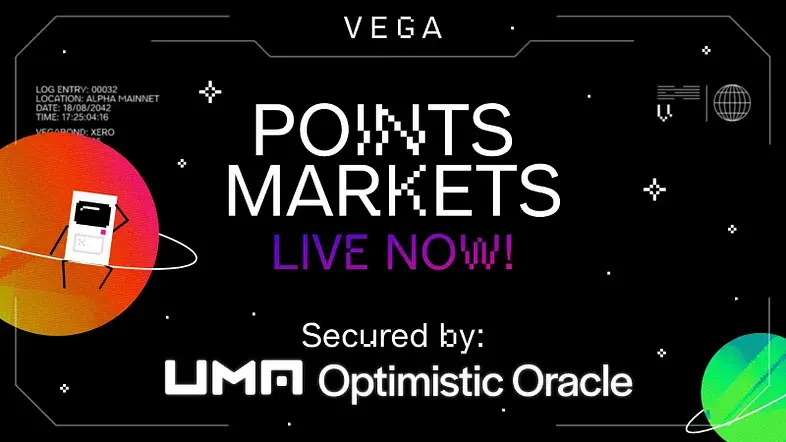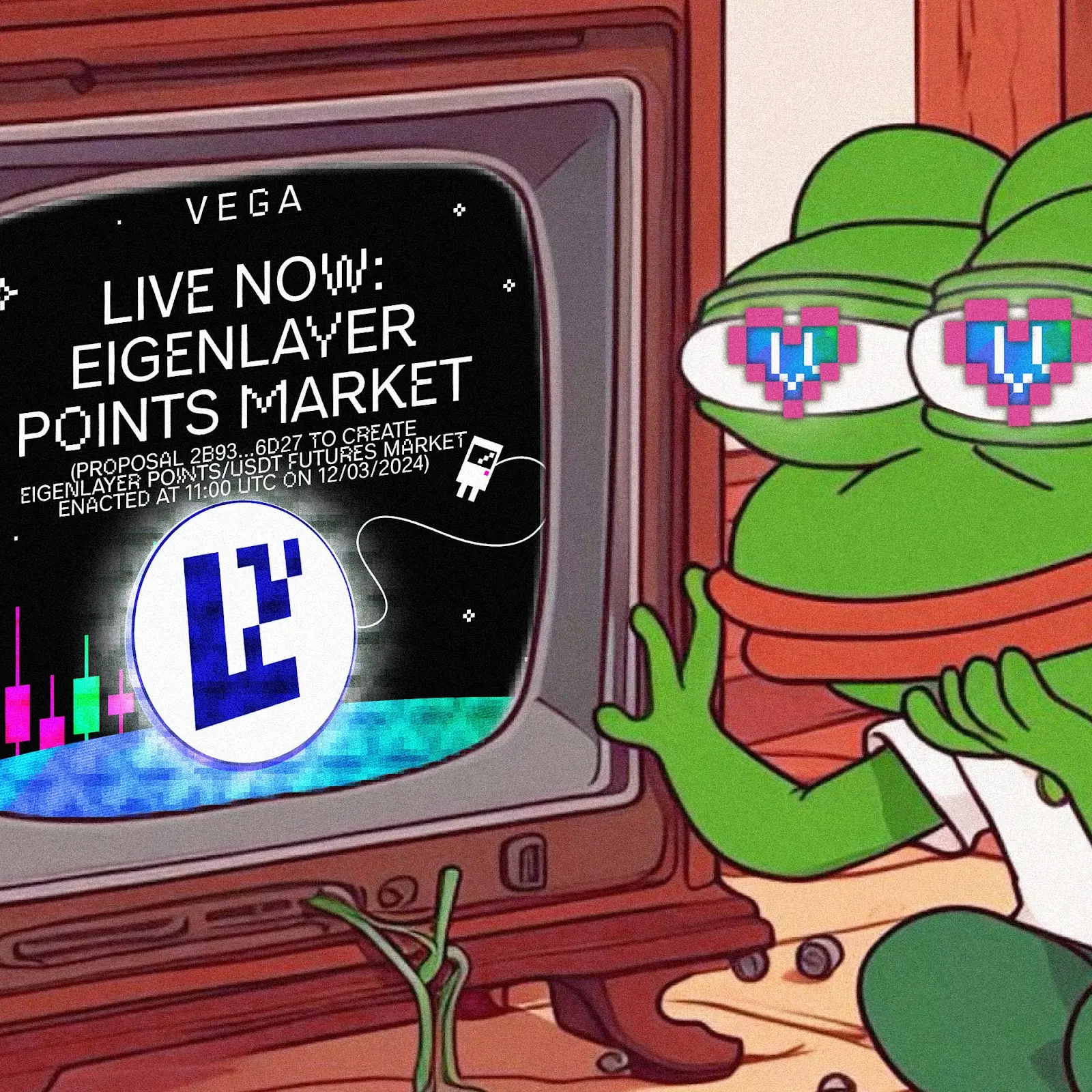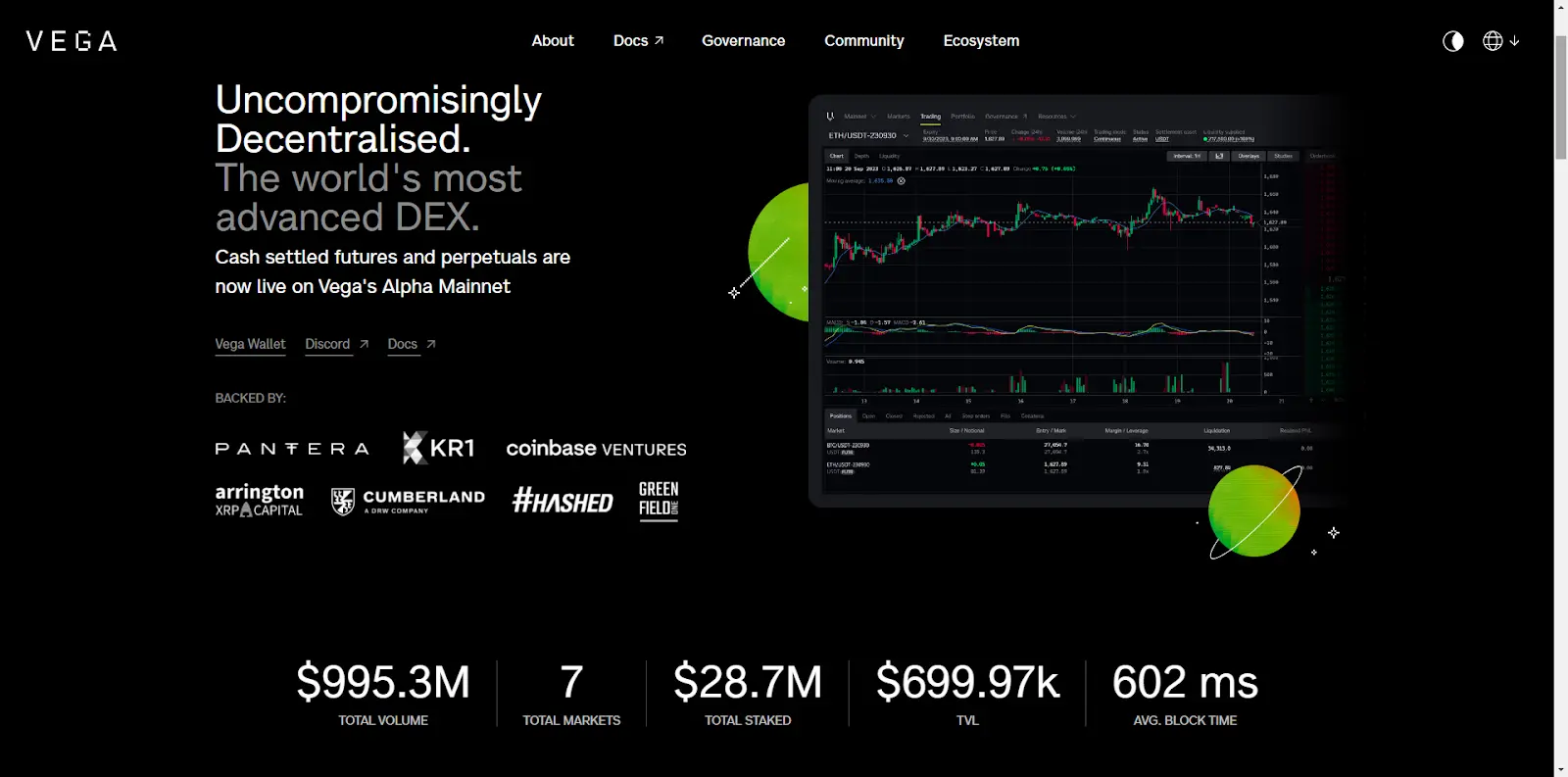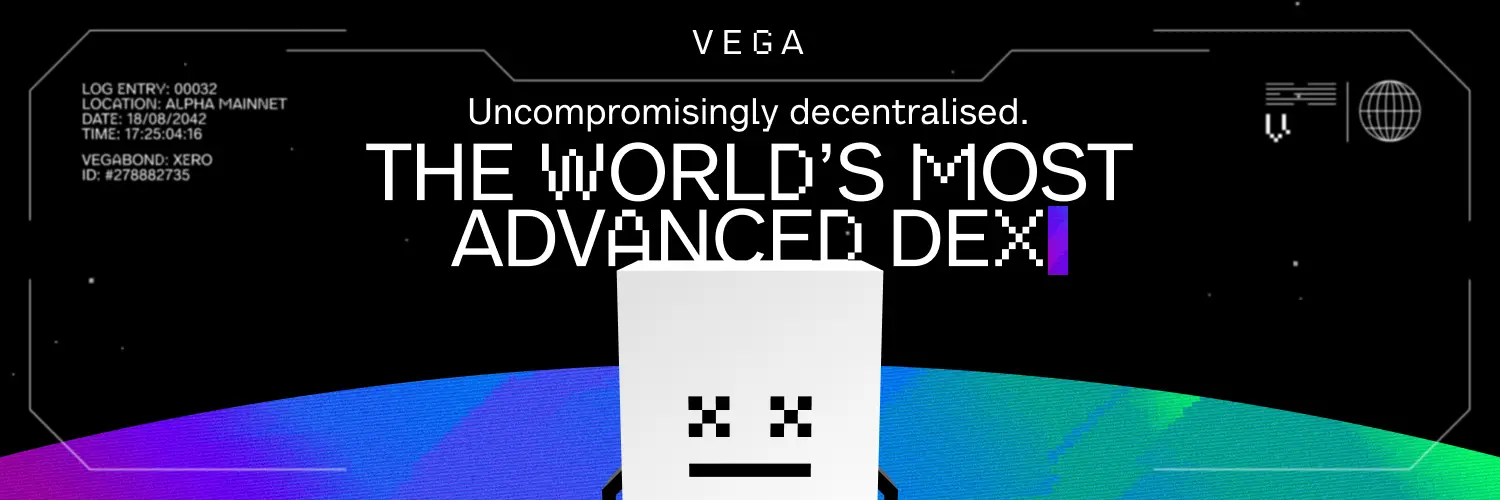Seed round financing of $2 million, with trading volume exceeding $1 billion in 10 months since the mainnet launch: Can the Vega protocol gain momentum?
Vega Protocol has garnered widespread attention for its innovative approach to creating and trading derivatives on a fully decentralized network.
On March 12, 2024, Vega launched the world's first "points" futures market, attracting significant interest. Previously, in May 2023, Vega completed a $2 million seed round funding. According to reports, Vega Protocol is a protocol for creating and trading derivatives on a fully decentralized network.

With Vega Protocol, anyone can create products, create markets, and trade. The project focuses on optimizing systems for DeFi and trading, locking user assets in multi-signature addresses, and then generating corresponding assets on the Vega Protocol network, addressing cross-chain asset issues while ensuring the security of user assets.
The following text introduces the Vega Protocol project from multiple dimensions.
How Vega Builds a More Ideal Financial System Through a Decentralized Trading Environment
Vega Protocol aims to address many issues present in traditional financial markets, such as reliance on centralized third parties, high costs caused by intermediaries, and structures and organizations that limit market accessibility and innovation, while paving the way for financial product innovation.

- Purpose-built proof-of-stake blockchain: Through fully decentralized high-performance peer-to-peer network trading, Vega sets a new standard for decentralized financial trading;
- Low fees, no cost to place orders: Similar to the fee structure of centralized exchanges (CEX), the Vega platform does not require Gas fees for each order submission, significantly reducing trading costs;
- Transparent and open-source trading: All source code and trading data of Vega are public, ensuring the platform's transparency and openness;
- Capital-efficient margin trading: Vega supports leveraged trading with fully cross-margining, improving the efficiency of capital usage;
- Rich CEX-style order book and API: Vega provides a fully decentralized limit order book (dCLOB) and historical data API, offering users an experience similar to centralized exchanges;
- Decentralized liquidity incentives: The Vega Protocol incentivizes decentralized liquidity provision by fairly rewarding liquidity providers from trading fees;
- Permissionless market creation: Vega supports market creation on any basis without any permission through on-chain governance, greatly promoting market innovation and diversity.

Analysis of the Liquidity Incentive Mechanism in Vega Protocol: Rewards and Penalties, Dynamic Interest Rate Adjustments
The development of decentralized derivatives markets, particularly in attracting and maintaining liquidity, faces significant challenges. Vega Protocol provides effective solutions to this issue through a series of innovative incentive mechanisms. Below are the main features and mechanisms of Vega Protocol in terms of liquidity incentives.
- Multidimensional quantitative indicators: Vega Protocol comprehensively assesses market liquidity by introducing multidimensional indicators, including order book depth, the distance between orders and market prices, and order duration. The combined use of these indicators makes liquidity assessment more precise, providing a solid quantitative foundation for incentive distribution;
- Dynamic liquidity demand response: The protocol dynamically adjusts liquidity demand assessment standards through real-time analysis of market conditions to ensure effective matching of liquidity supply and market demand. This flexible response mechanism enhances market adaptability and efficiency;
- Contribution-based reward system: Vega Protocol employs a contribution-based reward mechanism based on the actual contribution of liquidity providers to market liquidity, ensuring that liquidity providers receive rewards commensurate with their contributions. This mechanism incentivizes market makers to provide higher quality liquidity while encouraging early market participation;
- Penalty system: To ensure the execution of liquidity commitments, Vega Protocol has designed a mechanism to penalize participants who fail to fulfill their liquidity provision commitments. This penalty system further ensures the stable supply of market liquidity;
- Application of consensus mechanisms: Vega Protocol utilizes a continuous consensus mechanism to coordinate market maker behavior, achieving optimal allocation of liquidity supply through consensus. This consensus mechanism not only facilitates information sharing and collaboration among market participants but also enhances overall market efficiency and security;
- Dynamic market adjustments: Through continuous consensus, Vega Protocol can achieve dynamic adjustments of incentive measures to adapt to market changes. This flexible adjustment mechanism ensures effective attraction and retention of required liquidity under different market conditions.
The First Points Derivatives Market in the DeFi Industry: Can Vega Lead Industry Transformation?
On March 12, Vega introduced unprecedented innovation to the DeFi space with its groundbreaking permissionless infrastructure—the birth of the first points derivatives market. The launch of Vega Protocol allows anyone to propose new derivatives market ideas and turn these ideas into reality through on-chain voting, democratizing market access and opening the door to previously unimaginable market types. Since the mainnet launch in May 2023, the total trading volume of Vega DEX has approached $1 billion, and the newly launched Palazzo feature further solidifies its position as the preferred decentralized trading platform for mature traders.
Notably, through proposals and voting from the Vega community, the EigenLayer points derivatives market has successfully launched, becoming the first of its kind in the cryptocurrency space. This innovation not only facilitates price discovery but also provides EigenLayer users with a way to hedge the value of their points while offering the entire cryptocurrency community an opportunity to explore the future value of this ecosystem.

The rise of the points system has changed the incentive structure in cryptocurrency, and Vega's points market offers users a new way to test and realize the value of points. Meanwhile, the potential value and inherent advantages of points have become the focus of attention in the crypto industry. The involvement of Vega Protocol, through its permissionless market creation mechanism, brings liquidity, risk management, and hedging opportunities to points holders, facilitating price discovery for points through the market.
Vega is not only a protocol that supports DeFi application chains; it also defines key market parameters in a community-driven manner, challenging conventional practices in traditional cryptocurrencies and pre-issued token markets. With the help of UMA's Optimistic Oracle, Vega provides an innovative solution for the points market, ensuring transparency and fairness in transactions.
The engineering team at Vega has also provided example smart contract code demonstrating how to implement such on-chain settlements, further proving Vega's leading position in driving DeFi innovation. With the launch of the Vega points futures market, we can expect how Vega will continue to unlock new DeFi use cases and lead the market in exploring and responding to these new products.









